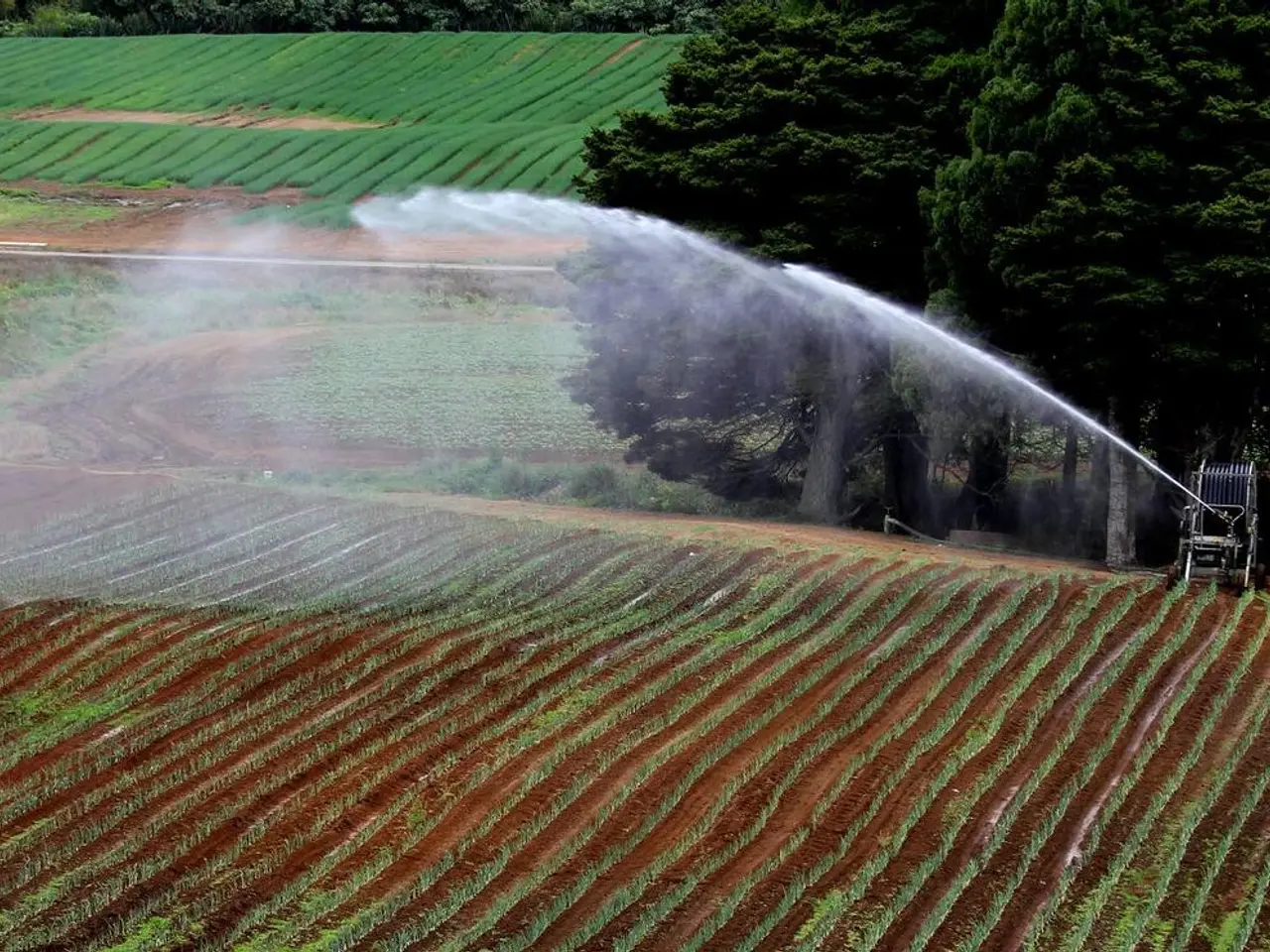Unmanned Aerial Vehicles (drones) Tracking Me: 6 Concerning Reasons & Actions to Take
In today's increasingly digital world, drones have become a common sight, used for various purposes from delivering packages to capturing aerial footage. However, this rising trend has also brought concerns about privacy and security. Here's a comprehensive guide on how to safeguard yourself from unwanted drone surveillance.
Practical Measures
Physical and technological measures can help deter unauthorized drone activities. While RF-cyber takeover technologies are primarily reserved for law enforcement and military use, documenting drone activity with a camera or noting operator details can be beneficial for legal remedies.
Creating physical barriers like privacy screens or planting dense foliage can reduce visibility from drones. The DroneWatcher app, for instance, picks up radio signals that drones regularly emit, helping you identify potential drone activity in your vicinity.
Know Your Rights
Understanding your privacy rights and applicable laws is crucial. Many jurisdictions regulate drone use to protect privacy. Common state laws prohibit trespassing, intrusion upon seclusion, wiretapping and recording without consent, "Peeping Tom" and anti-voyeurism laws, and the publication of private facts.
Legal Actions and Protections
If drone surveillance invades your privacy, you can report the incident to local authorities, citing trespass or privacy invasion statutes. Civil suits may be possible based on harassment, stalking, or nuisance claims depending on the drone’s activity specifics.
Federal and State Regulations
Federal regulations, primarily by the Federal Aviation Administration (FAA), focus on airspace safety and do not directly govern privacy. State laws, on the other hand, vary but generally grant property owners rights to exclude drones flying within a defined column of airspace above their land, prohibit persistent or invasive surveillance, require operators to obtain consent before recording in private spaces, and limit data retention.
Best Practices for Drone Operators
Best practices for drone operators include obtaining consent before filming, planning flight paths to avoid private properties, using geofencing tools to prevent unlawful incursions, and editing footage to remove unintentional captures.
Common Scenarios and Challenges
Drones can follow individuals for various reasons, including hobbyists taking photos, companies testing delivery routes, law enforcement surveillance, commercial or professional use, malicious intent, or technical issues. Harsh weather, powerful winds, and electromagnetic storms can exacerbate these issues, potentially leading to unintended tracking or data collection.
In neighborhoods and parks, hobbyist drone enthusiasts often capture aerial photos that may accidentally include people. Although most drone operators aren't trying to spy, their actions can feel intrusive or invasive.
Evolution of Drone Laws
Laws are evolving to balance privacy against beneficial drone uses. Legislatures are increasingly urging privacy-centric approaches emphasizing property rights, limits on surveillance duration, and accountability measures rather than warrant-based restrictions.
In conclusion, protecting yourself involves a combination of practical deterrents, awareness of your legal rights to privacy and property, and engagement with local laws that regulate drone operations and privacy. By staying informed and proactive, you can ensure your privacy and security in an increasingly drone-filled world.
[1] Source 1 [2] Source 2 [3] Source 3 [4] Source 4
- As technology advances and the use of drones becomes more prevalent in general-news, including crime-and-justice, it is essential to remain vigilant about potential privacy violations and unauthorized surveillance.
- In the face of growing concerns over unwanted drone activity, staying updated on current technology and relevant laws can help safeguard your rights and protect you from potential violations in areas like general-news and crime-and-justice.




